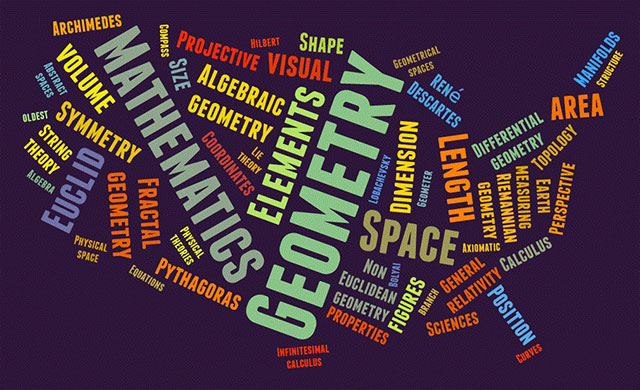
Geometry is an interesting branch of Math to those who understand the objectives of learning the subject. Instead of thinking about Geometry in abstract terms, if one goes on to realize the value of the subject in practical terms, he takes special interest in learning it and derives lots of benefits from it.
Why to learn Geometry?
Because
- It satisfies our aesthetic sense. Geometry is after all about the shapes and sizes around us.
- It makes us visualize things and helps our 3 D vision while we imagine various shapes of the beautiful objects around us.
- It helps us in deductive powers, analytical skills and logical thinking.
- It improves our powers of measurement and drawing skills.
- It opens up various avenues of career like architecture, land survey, astronomy, sculpture, nature, art and engineering and
- It activates right side brain and gives exercise to its faculties.
How online Geometry tutors make it interesting?
- The tutors apply interactive games for introducing topics.
- They use computer to a great level while introducing Geometry modeling at high school level.
- They show videos and pictures to make students understand topics with ease.
- They work Geometry problems on the interactive board for easiest solutions and proper techniques and
- They render flash cards and mnemonic techniques for remembering formulas and theorems.
Geometry online tutoring is much useful for students in updating their subject skills, learning in an interactive mode and developing accuracy in drawing lines and figures.
Importance of Geometry assignment help
Geometry assignments may not be easy for every student if he lacks in precise measurement abilities and remembering terms and formulas. Assignments may become hectic to such students and Geometry assignment help comes in handy for such students. The tutors explain terms with real life examples and thus make student understanding easy and unforgettable. Further, explanations on white board and teaching the right use of calculators for measuring purposes add to the learning spirit of students and help students cover Geometry assignments without hassle.
Learn Geometry through online resources for best results in the subject.

